For the past several years Community Media has been working to developing a fiber system for Adams County. In 2019 Community Media was awarded a grant from the Adams County Community Foundation that supports local collaborative projects that advance affordable housing, transportation and economic development. This and a small USDA rural business development grant helped to start the important work of updating our area’s aging communication infrastructure. Through the direction of a steering committee formed for the project, Community Media has been working with Celerity, Skyline Technology Solutions, and AECOM. These technology engineering firms have a successful history of designing, constructing, and maintaining large scale fiber networks.
Together with these firms Community Media completed a design/build feasibility study for our first phase which includes the New Oxford Borough, Abbottstown Borough, and Rt 30 connector between the two. A county-wide market analysis is also in development by AECOM.
A complete Adams County fiber build-out is the goal of the overall project providing fiber gigabit internet service to Adams County Residents at an affordable rate.
Our plan is to work with area Fire Departments to house some of the network infrastructure creating a new revenue source for these important community organizations.
Here is a recent article Community Networks wrote about our project.
About Community Media Fiber project
The Problem
Adams County is limited when it comes to internet infrastructure and access options. Because of our community’s rural makeup, large telecommunication companies have little to no interest in upgrading technologies or reaching remote households due to perceived high cost and low or long-term return on investment. This leads to poor internet performance, loss of business opportunities, and undeserved areas of our community. COVID-19 has served to underscore the importance of high-speed internet.
The Solution
Community Media, with the help of other community organizations, plans to build their own network in the form of a local cooperative. They will update area telecommunications infrastructure to make it ready for future emerging technologies through the design and construction of a fiber optic based network infrastructure that can deliver immediate capability for federal minimum requirement 25Mbps up to 10Gbps of internet service access to residences or facilities within the defined regional service areas. The project will ensure all Adams County residents within Abbottstown and New Oxford have access to affordable broadband internet. The proposed solution is also designed to scale out to the surrounding areas within Adam’s County so that the proven solution can be extended out to additional areas within the County as funding permits. The proposed solution is a 100% fiber optic-based network leveraging XGS-PON (ITU G.9807.1) for access service extension. XGS-PON provides support for 10Gbps symmetrical services, both the upload and download directions, ensuring that the residences served by the proposed solution will be able to work from home seamlessly for today’s demanding business applications and services. The proposed residential side equipment supports XGS-PON standards and can provide 1Gbps and 2.5Gbps ethernet services to each home with additional higher end ONT (optical network termination) units available when needed for full 10G service capability. The proposed solution will establish 2 headend network points of presence collocated in Emergency Service organizations (Firehouse) leveraging existing service investments in conditioned power and facility hardening:
• New Oxford – 21 N Bolton St
• Abbottstown – 38 E King St
New Oxford has the largest residential footprint in terms of potential subscribers and as such has been proposed as the Core network service PoP where ISP services from Lumen are proposed to be delivered. The New Oxford facility will then be extended to the Abbottstown PoP by leveraging fiber optic cabling established between the 2 PoP facilities allowing the cost-effective delivery of services to each of the regional areas.
Benefits to the Community
- Telehealth– Medical providers require high-speed connections to supply telehealth which can immensely improve health care in rural areas. This will continue to be of critical importance in the current COVID-19 pandemic and beyond.
- Education– School children and families would be able to consistently access distance learning options, especially in an uncertain time due to COVID-19. Educational institutions can use high
5 speed internet for scholastic and vocational training thus building a competent and competitive workforce. - Agriculture– For farmers, it is estimated broadband would enhance productivity and profitability by making it easier to communicate with suppliers and market outlets, access Extension and other farming information, access weather information that could impact decisions, and general improvement in farm management practices.
- Small Business– High-speed internet has quickly become a necessity for small-businesses. Improving access to high-speed internet in Adams County would help attract and retain local small businesses, helping our local economy.
Fiber Infrastructure Design
Skyline has reviewed the potential broadband footprint to best serve the residences of New Oxford and Abbottstown. There are two methods of construction for fiber optic FTTP access. These two methods are Aerial and Underground Construction. The Aerial method of construction requires a third-party application to the utility pole owner. This application grants a third party a license to attach to the pole. The process for the Utility Pole owner to make room on the pole for a new third party attachment is an industry term known as “make ready”. This process requires a third party to submit a strand map (location of utility poles) and stick diagrams (picture of the pole with measurements of all existing attachments on the pole of both power and communications) to the utility pole owner. Once the application is submitted a ride-out is performed to all pole locations to determine what needs to be rearranged to make room for the new attachment. The new applicant is required to pay for all rearrangements. Underground cable installation requires open space in the Right of way to allow for conduit and hand hole installation or a utility easement from the property owner. While the application process for aerial attachment is significantly longer, it can result is substantial savings on the construction end. A high-level review of the New Oxford and Abbottstown footprint for both Aerial and Underground construction methods was conducted to determine the most economical means of construction to install a fiber optic backbone and access layer for home / business laterals. The breakdown of the findings are as follows:
New Oxford Access Network
New Oxford 5 PON Segments Breakdown ~Aerial footage 22,000ft / 3000ft overlash / ~ Underground footage 6500ft
New Oxford Terminal Location ~(85) 4port Terminals Aerial footage overlash 30,000ft / ~ (40) 4 port Terminals Underground footage 10,000 ft
Resident Install Fiber Drop – ~ 248 Aerial drop installs / ~ 60 Underground drop installs
Abbottstown Access Network
Abbottstown 3 PON Segments Breakdown Footage ~Aerial footage 19000 ft / ~ Underground footage 6000ft
Abbottstown Terminal Location ~(77) 4 port Terminals Aerial footage / ~(36) 4 port Terminals Underground footage
Resident Install Fiber Drop – ~130 Aerial drop installs / ~ 35 Underground drop installs
Abbottstown to New Oxford Backbone Connectivity
Total Distance = ~4.7km /
~ Aerial footage 16,000 ft
Fiber Engineering Breakdown
The Skyline Team has reviewed both Abbottstown and New Oxford and has a high -level understanding of the potential routes and construction methodology needed to build a FTTP network in each area. Fiber engineering for each area will include Aerial application submittal, Strand Maps, Make Ready Ride Out, Terminal Locations, Fiber count, CAD construction drawings for both Aerial and Underground Construction.
Network Services Design
The network services design is comprised of 2 distinct areas of infrastructure:
• Core/Backbone
o Central services that support all subscribers
• Access/Distribution
o Equipment designed to distribute the Core services out to the residences of the
subscriber base.
Network Core
The Core of the network solution is comprised of the network equipment required to integrate the solution with upstream ISP (Internet Service Provider) transit carriers. For the proposed solution Lumen (formerly CenturyLink/Level3) has been selected as the upstream transit provider. Lumen will provide a fiber optic-based network service at 10Gbps physical capacity to the New Oxford PoP facility. This physical connection will then be leveraged to provide an ISP transit service with a committed information rate (CIR) of 2Gbps for the monthly cost of $4,295 ($51,538/yr – assumes 3yr contract commit). In addition to the flat rate 2Gbps CIR the proposed solution will also permit bursting up to the 10Gbps line rate of the service delivery interface. Each additional 1Mbps average utilization above the CIR (95th percentile-based billing) for the monthly billing period will be billed at $1.98/Mbps. As usage trends require the CIR can be increased if required to avoid consistent overage charges.
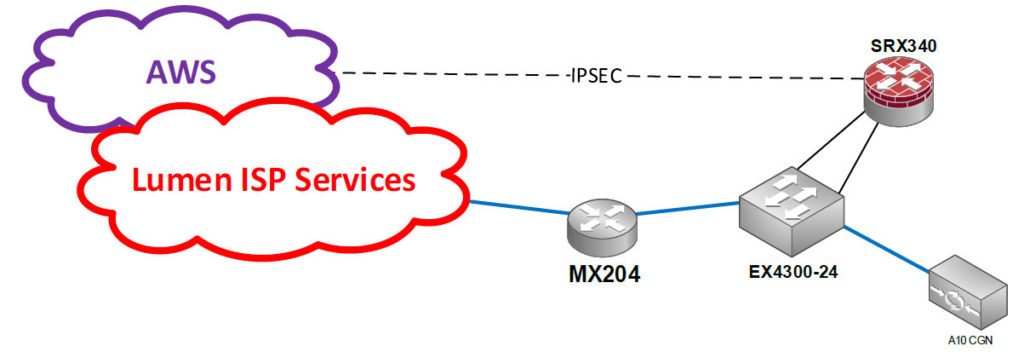
Figure 1 Proposed Core Network Service Design
The ISP transit uplink will be terminated onto a Community media owned Juniper MX204 (see Figure 1). The SDN-ready MX204 Universal Routing Platform is a cloud-grade routing platform that offers ultrahigh density and throughput in a space- and power-optimized package. The MX204 addresses the emerging edge and metro Ethernet networking needs of service providers, mobile, web-scale operators, and MSOs by delivering 400 Gbps of throughput in support of high-density 10GbE, 40GbE, and 100GbE interfaces in just one rack unit. The MX204 will provide enough scale to not only support the immediate requirements of the proposed solution but also scale to support the entire county and potentially additional regional extensions compounding the possible success of the solution. In addition to the MX204 a Juniper EX4300-24 Ethernet switch is also proposed to provide services breakout to the downstream equipment. The EX4300-24 is a 24 port 10/100/1000Mbps switch with a 4x10G SFP+ based module. This switch will provide service breakout to permit the MX204 to communicate to the downstream equipment.
A Juniper SRX340 is proposed to provide out of band management services. This is a FW appliance that will provide remote IPSEC based VPN integration with cloud services such as AWS and remote management. This device will provide protection for the control planes of the internal network infrastructure as well as the ability to integrate them with cloud services in the future. Additionally, the FW appliance will provide remote access capabilities that can be leveraged to affect remote system repair and troubleshooting by support personnel.
The last component of the Core network infrastructure is a redundant pair of A10 Thunder 1040 CGN appliances. The A10 Thunder™ CGN product line of Carrier Grade Networking gateways provide high performance, highly transparent address and protocol translation enterprises and services for service providers to extend their IPv4 network connectivity, while simultaneously making the transition to IPv6. Thunder CGN is a premium CGN product line, delivering performance scalability up to 150 Gbps and with expanded system resources designed to support future feature needs. The 1040 is a hardware appliance providing up to 20Gbps of throughput. The appliance has 5 built in 1000BaseT ports, and 4 10G SFP+ based ports. The appliance supports session setup rates of up to 300K TCP session setups per second with 32 million concurrent sessions supported. The A10 appliance also supports User quotas ensure that public IP port usage is fairly distributed between end users, and that viruses, malware or intentional misuse, for example, can’t exhaust the resources for other users.
Skyline is recommending that the service delivery PoP facilities be networked together so that the Core services, as described above, can be leveraged by each service delivery PoP resulting in a more cost-effective implementation. This is opposed to a distributed model whereby ISP services and the support equipment would be implemented at each service PoP. In order to connect the 2 service PoP’s together Skyline evaluated two potential optional solutions:
• Direct fiber
• Leased services from Lumen
Skyline work with Lumen (formerly CenturyLink/Level3) to obtain a quote for services to provide a 10G service connection between the proposed Core PoP locations. Under a 3yr contract commitment the Lumen costs for this leased service would be $6570/month. This would bring the operational cost of this service to $394,200 over a 5 years operational period. The fiber construction of the additional path along Rt 30 is estimated to be ~4.7km and would have a capital cost of ~$280k (180k make ready and 100k construction) with an annual attachment fee of $5000 additional above the current fiber construction costs. This would bring the total cost of the fiber option over a 5 years period to $305,000 resulting in a project net savings of $89k with additional savings of $73k per operating year after the initial 5 years investment. Additionally, there are several residential communities along Rt 30 that will be able to take advantage of the fiber investment as the network solutions are expanded. Due to the longer-term costs savings it is therefore proposed that a direct fiber service be established between the 2 service PoPs to facilities core service distribution.
The Core network estimated equipment costs are $205,000 with an associated annual recurring maintenance cost of $16,000. The labor to install and commission the Core network solution is estimated at $41,000. It is estimated that the Core network annual operational support costs will be $15,000 (assumed outsourced non FTE). Leased ISP transit services will be $52,000/yr. This brings the total annual operational costs for the Core network to $83,000.
Access/Distribution
The proposed access/distribution network design is based on XGS-PON technology provided by Calix. Calix is an industry leading solution provider to the FTTh market with support for GPON, 10GPON, XGS-PON, and NG-PON services. In order to ensure that the network investment can scale to support the future demands of the subscriber base the proposed access network is based on XGS-PON standards which can deliver symmetric 10Gbps bandwidth services to each PON segment. The proposed PON technology provides an operational efficient solution for the high density residential ISP market through its passive optical distribution mechanism where single fiber strands are used for each PON segment which can be optically split using passive (non-powered/managed) components at strategic locations permitting 1 PON segment to support up to 64 subscriber end points, or ONTs (optical network terminations). The proposed solution leverages a layer 3 aggregation node that provides basic subscriber management functions and aggregates multiple downstream layer2 PON distribution nodes. The aggregation node proposed is a Calix E9-2 unit outfitted with ASM3001 line cards. This E9-2 aggregation node will provide policy, performance monitoring, Authentication Authorization Accounting (AAA), Hierarchical QoS, Security, and IPv4 / IPv6 IP Address assignment services to the downstream subscribers. Each ASM3001 module has QSFP-DD ports and 32 x 1G / 10G SFP+ ports ensuring the aggregation solution can scale as the initial system builds out. A full suite of subscriber management protocols ranging from AAA, dynamic subscriber policy updates, walled garden, and IP address Management are among the key capabilities enabled by this component of the Access/Distribution solution.
XGS-PON services are then provided by the proposed access layer solution delivered by the Calix E7-2 chassis system. For the initial implementation a single E7-2 chassis is proposed for each of the service PoPs. The Calix AXOS E7-2 Intelligent Modular System is a breakthrough evolutionary system that provides a transformational path to next generation networks, fiber technologies, and Software Defined Access. The E7-2 is the industry’s benchmark for a modular, small form factor, environmentally hardened access solution for service providers. By adding the AXOS platform, the E7-2 is now even more of a disruptive and compelling enabler to next generation networks that connect the world. The AXOS E7-2 leads a rapidly expanding family of AXOES E-Series systems capable of supporting both centralized and decentralized network architectures that range from the data center edge, central office, or headend, to the remote cabinet, or MDU. The E7-2 chassis will leverage the NGPON2-4 module to extend PON based services out to the subscribers. Each module provides support for 4 XGS/NG-PON ports and 4 10G Ethernet ports using XFP form factor field replaceable optics.
The last component proposed to support the access service chain is the Calix GP1100X ONT. The Calix GP1100X GigaPoint® is an indoor, 10 Gbps XGS-PON small form factor service delivery terminal that provides broadband connectivity to the subscriber. This high-performance terminal features one 2.5 Gigabit Ethernet (GE) interface capable of delivering IPTV video and data services, and one voice line supporting carrier-grade VoIP (MetaSwitch SIP) if/when required in the future. Each of the subscribers will receive one GP1100X unit to provide local service delivery to their home. The subscriber will then connect their home Internet Gateway/WiFi device to the ONT unit to integrate their home network solution into the proposed broadband network solution.
As an added service Skyline is also proposing that Community Media consider making the Calix GigaSpire BLAST smart home system to the available service options to its subscribers. The GigaSpire BLASTu6.1 is a premium smart home system that delivers the latest ‘Wi-Fi 6’ certified technology (802.11ax). The GigaSpire BLASTu6.1 uses a 1 Gigabit Ethernet link at the subscriber’s premises to provide carrier-class Wi-Fi and four (4) Gigabit Ethernet interfaces for customer multi-media devices. The GigaSpire BLASTu6.1 enables residential subscribers to receive Gigabit broadband data, Internet Protocol (IP) video, and voice (POTS) services. Using the latest 802.11ax technology in both the 2.4 and 5 GHz radios, the GigaSpire BLASTu6.1 incorporates 6×6 streams of Wi-Fi delivery (2×2 @ 2.4 GHz and 4×4 @ 5 GHz). In addition, with multi-user multiple-input and multiple-output (MU-MIMO) and beamforming, the GigaSpire BLASTu6.1 allows service providers to extend the access network inside the home and establish a strategic location for the delivery and control of broadband services. With Wi-Fi being the de facto wireless data communication technology of choice for consumers, Calix engineered the GigaSpire BLASTu6.1 for optimal whole-home coverage with simultaneous dual-band 2.4 GHz and 5 GHz operation and dynamic beamforming at 5 GHz. Leveraging the latest Wi-Fi 6 features, the GigaSpire BLASTu6.1 provides longer range, higher efficiency and less interference compared to earlier generations of Wi-Fi technology. The GigaSpire BLASTu6.1 also supports the entire 5 GHz band, including Dynamic Frequency Selection (DFS) channels and can be provisioned to support 160 MHz channel bandwidth at 5 GHz. The GigaSpire BLASTu6.1 easily delivers HD and UHD (ultra-HD) video and data throughout a subscriber’s home in an increasingly video-rich
and mobile broadband environment. Once in place these base units can further be leveraged to provide over the top enhanced high-touch services to the subscriber community such as Home Network Protection, Enhanced Parental Controls all facilitated through a cloud based management solution designed to allow the subscriber to self-manage their available services and configurations. These solutions have not been incorporated into the cost package but are cost attractive and designed to be offered as a monthly subscription/leased hardware add on to the base broadband packages.
The estimated access network equipment costs for both regions is $140,000. This will provide support for up to 470 active subscribers (and sufficient spare equipment – 5%) within the initial pilot implementation regions. The engineering labor to implement the proposed access network solution is $16,000 (assuming residential activations are separate). The access network equipment annual vendor maintenance costs are estimated to be $350 (note residential equipment are non-supported and as such sparing levels at 5% are assumed). Annual operations (tier1 support – subscriber services) are estimated at $42,000 assuming a 5% issue rate per month and 1 hour per issue time allocation as well as a high level service retainer fee for a call-center solution.
New Oxford Access Network
After a review of the proposed fiber routes servicing the New Oxford initial service area 5 potential PON segment areas were identified. Each segment area was based on the expected 50% subscription ratio and limited to a maximum of 128 potential subscriber sites per segment. Based on the regional geographic footprint of the defined service area a centralized PON model with all segments homed out of the main pop located at 21 N Bolton St was the most cost effective method for delivery. Figure 2 details the PON segments proposed. Each colored ICON represents a potential residential subscriber and its associated PON segment. 616 potential residence subscriber locations were incorporated in this initial proposed solution resulting in the 5 individual PON segments shown.
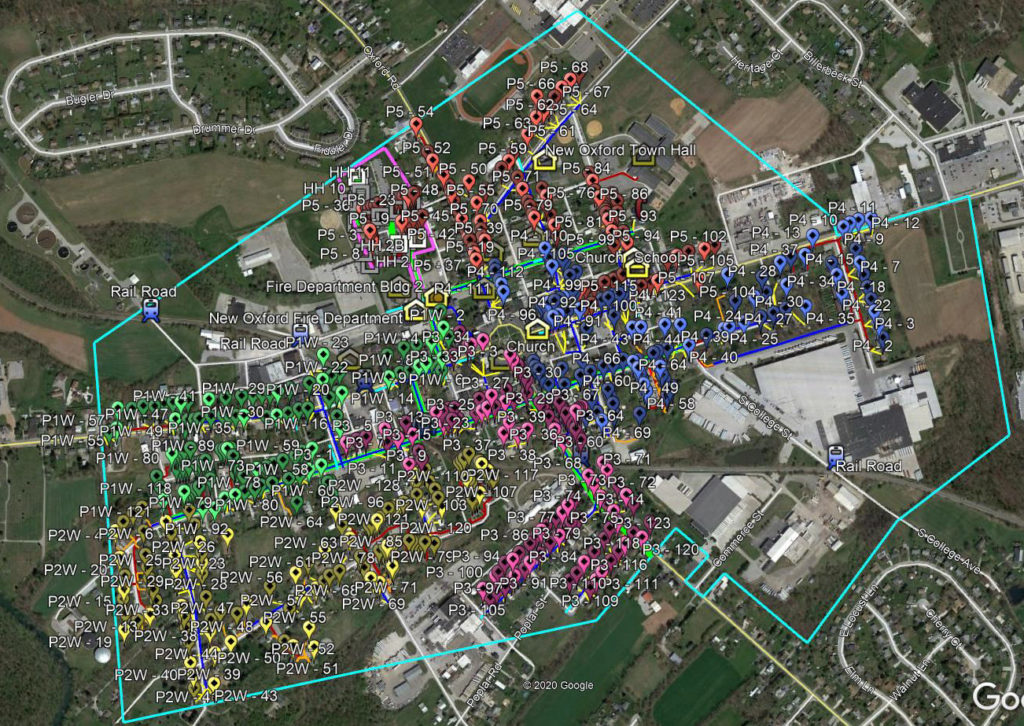
Figure 2 Proposed New Oxford PON Segments – Full View
New Oxford PON segment 1 extends from the main PoP running south along S Bolton St. The segment primarily supports residences along Lincoln Way as well as the Western section of W High St. As proposed this segment would support 122 residences with and expected subscription count of ~60. PON segment 1 is detailed in Figure 3. Fiber optic splitters are expected to be installed at the intersection of S Water St and W High St which will service each of the direct paths to each incorporated home.
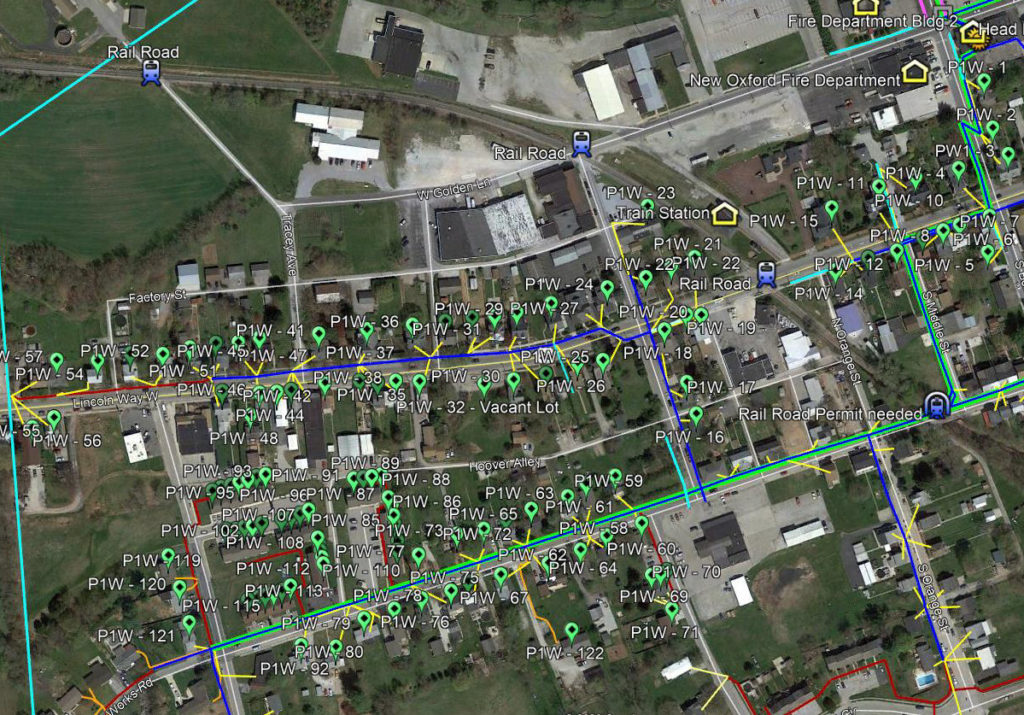
Figure 3 Proposed New Oxford PON Segment 1
New Oxford PON segment 2 extends from the main PoP and supports regional service delivery in the South/Western area of the town. The segment primarily supports residences along Hollywood Ave, Kohler Mill Rd, Oxford Circle, and Oxford Ct. As proposed this segment would support 128 residences with and expected subscription count of ~60. PON segment 2 is detailed in Figure 4. Fiber optic splitters are expected to be installed at the intersection of S Water St and W High St which will service each of the direct paths to each incorporated home.
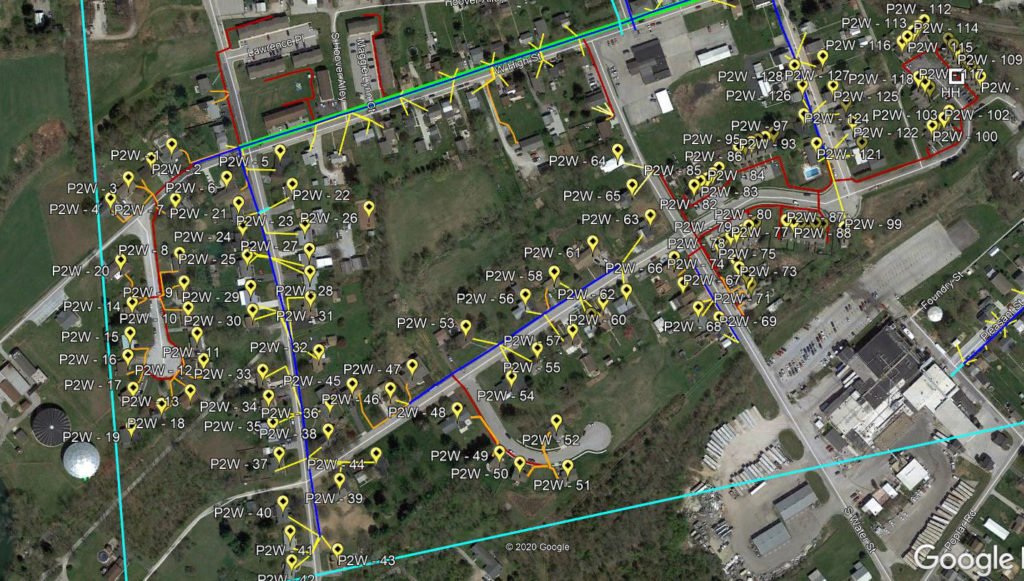
Figure 4 Proposed New Oxford PON Segment 2
New Oxford PON segment 3 extends from the main PoP and supports regional service delivery in the South Central area of the town. The segment primarily supports residences along Hanover St, Pleasant St, Sunset Ave, and W High St. As proposed this segment would support 125 residences with and expected subscription count of ~60. PON segment 3 is detailed in Figure 5. Fiber optic splitters are expected to be installed at the intersection of Hanover St and W High St which will service each of the direct paths to each incorporated home.
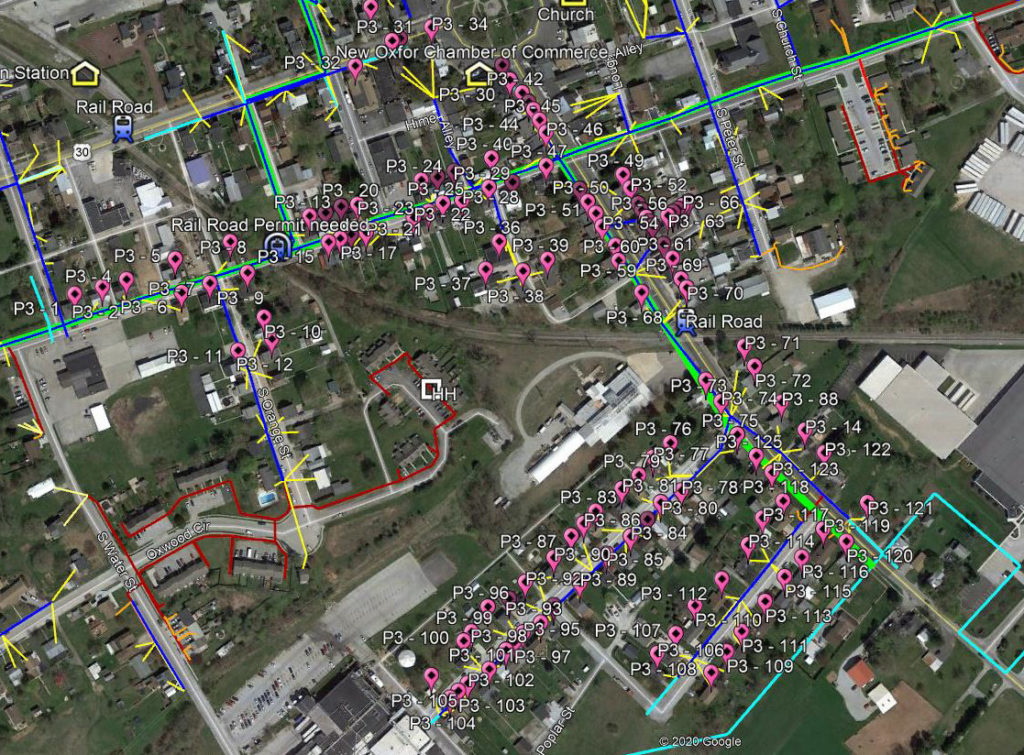
Figure 5 Proposed New Oxford PON Segment 3
New Oxford PON segment 4 extends from the main PoP and supports regional service delivery in the Eastern area of the town. The segment primarily supports residences along S Peter St, Lincoln Way E, and W High St. As proposed this segment would support 123 residences with an expected subscription count of ~60. PON segment 4 is detailed in Figure 6. Fiber optic splitters are expected to be installed at the intersection of W High St and S Peters St which will service each of the direct paths to each incorporated home.
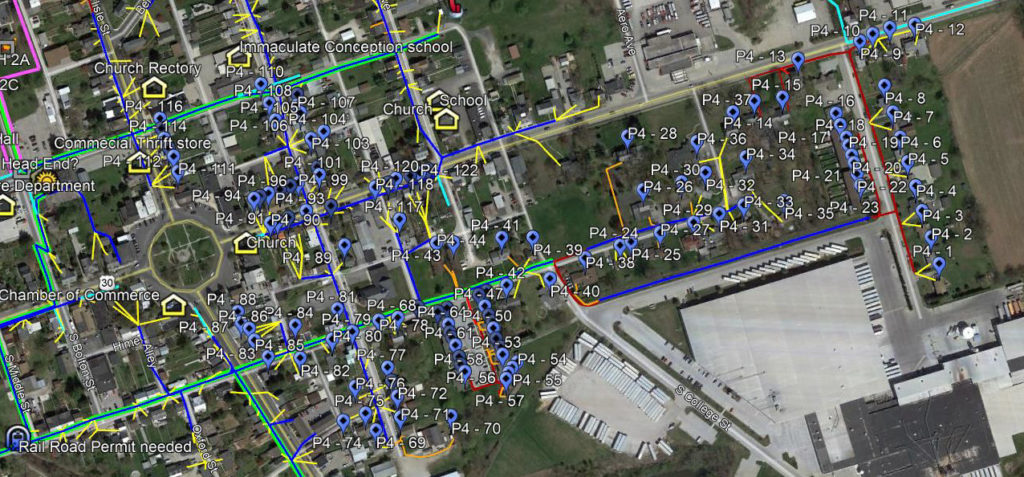
Figure 6 Proposed New Oxford PON Segment 4
New Oxford PON segment 5 extends from the main PoP and supports regional service delivery in the North Eastern area of the town. The segment primarily supports residences along Carlisle St, Bolton St, N Peter St, N Berlin Ave, and the Eastern section of Lincoln Way E. As proposed this segment would support 117 residences with an expected subscription count of ~60. PON segment 5 is detailed in Figure 7Figure 6. Fiber optic splitters are expected to be installed at the intersection of N Peters St and E Golden Ln which will service each of the direct paths to each incorporated home.
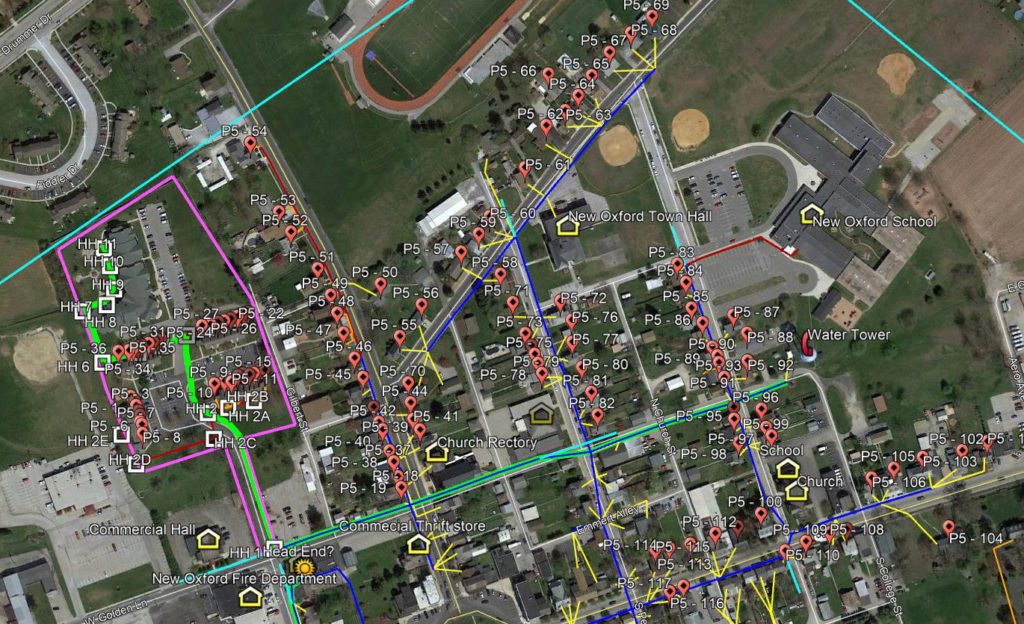
Figure 7 Proposed New Oxford PON Segment 5
Abbottstown Access Network
After a review of the proposed fiber routes servicing the Abbottstown initial service area 3 potential PON segment areas were identified. Each segment area was based on the expected 50% subscription ratio and limited to a maximum of 128 potential subscriber sites per segment. Based on the regional geographic footprint of the defined service area a centralized PON model with all segments homed out of the main pop located at 8 E King St was the most cost effective method for delivery. Figure 8 details the PON segments proposed. Each colored ICON represents a potential residential subscriber and its associated PON segment. 332 potential residence subscriber locations were incorporated in this initial proposed solution resulting in the 3 individual PON segments shown.
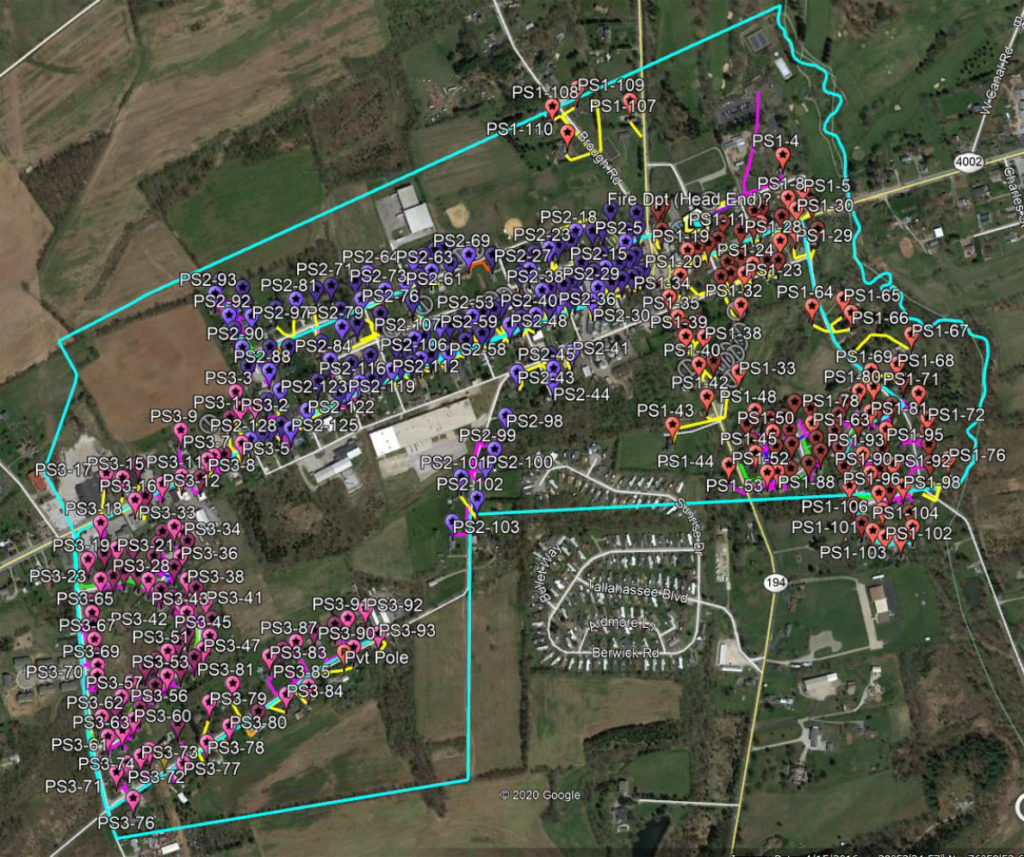
Figure 8 Proposed Abbottstown PON Segments – Full View
New Oxford PON segment 1 extends from the main PoP and services the Eastern and Norther areas of the region. The segment primarily supports residences along E King, E Fleet, Abbottstown Pike, and County Club Rd. As proposed this segment would support 110 residences with and expected subscription count of ~55. PON segment 1 is detailed in Figure 9. Fiber optic splitters are expected to be installed at the main PoP as well as intersection of County Club Rd and Spicer Dr which will service each of the direct paths to each incorporated home.
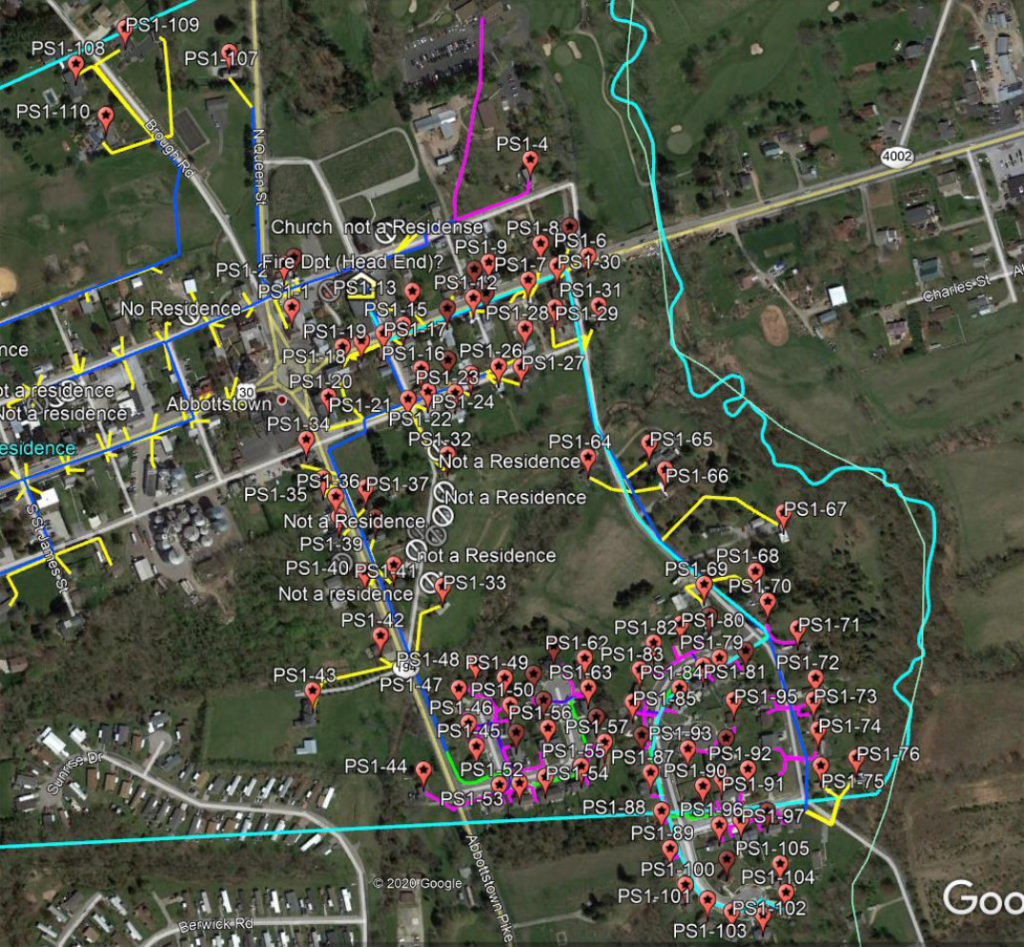
Figure 9 Proposed Abbottstown PON Segment 1
New Oxford PON segment 2 extends from the main PoP and services the Western area of the region. The segment primarily supports residences along High St, York Rd, and W Water St. As proposed this segment would support 128 residences with and expected subscription count of ~64. PON segment 2 is detailed in Figure 10. Fiber optic splitters are expected to be installed at the intersection of Lincoln Hwy and Pleasant St which will service each of the direct paths to each incorporated home.
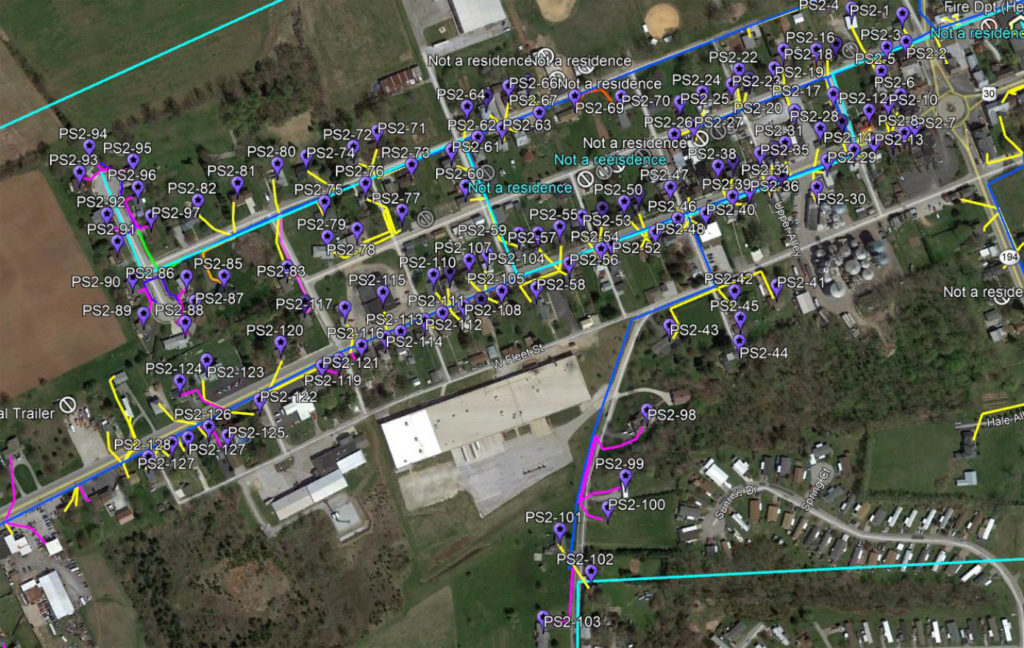
Figure 10 Proposed Abbottstown PON Segment 2
New Oxford PON segment 3 extends from the main PoP and services the South Western area of the region. The segment primarily supports residences along York Rd, Kinneman Rd, and Lobell Rd. As proposed this segment would support 93 (room to support Cherry Tree Ct if desired) residences with and expected subscription count of ~50. PON segment 2 is detailed in Figure 10. Fiber optic splitters are expected to be installed at the intersection of Kinneman Rd and Cherry Tree Ct which will service each of the direct paths to each incorporated home.
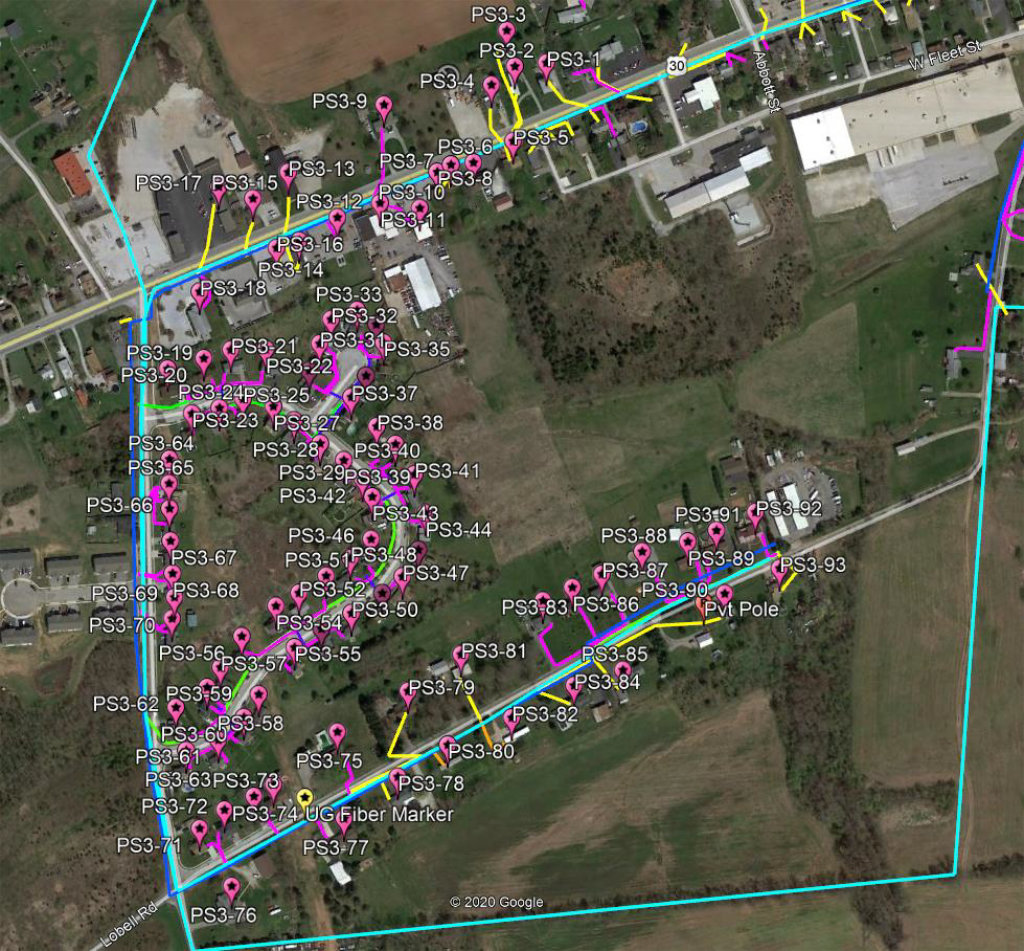
Figure 11 Proposed Abbottstown PON Segment 3
 Community Media of South Central PA Celebrating Community
Community Media of South Central PA Celebrating Community